2018 | Forum Expanded
To Revolutionise the Senses
34 films and video works of different lengths and genres and 15 installations, all from a total of 27 countries, can be seen in the 2018 Forum Expanded. In this interview, section head Stefanie Schulte Strathaus and curator Uli Ziemons discuss the politics of cinema according to Maya Deren, unusual experiences of space and time and the significance of the archive for an alternative writing of history.
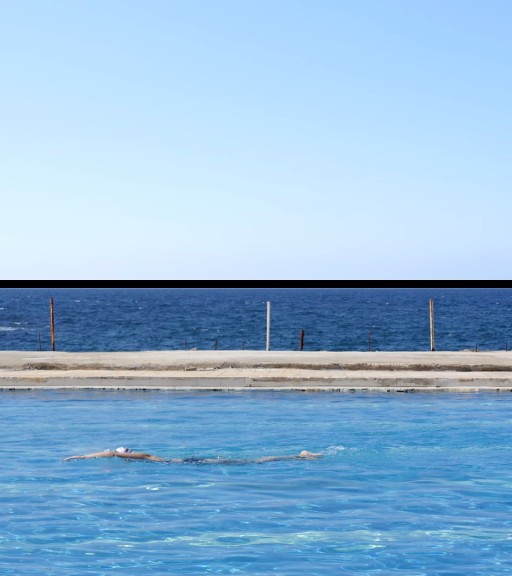
Extended Sea by Nesrine Khodr
One of the most revolutionary works in the 2018 Berlinale, in my opinion, is Extended Sea by Nesrine Khodr which can be seen in your exhibition. With a running time of 705 minutes, it fundamentally contradicts every imperative of accumulation and stress in the context of a film festival and creates a completely different form of perception and sense of time. Can I actually have my senses revolutionised in the 2018 Forum Expanded?
Stefanie Schulte Strathaus: It’s great that you’re beginning with this work. We were already aware of it during last year’s selection period but it was too late for 2017. When this year’s programme slowly started to take shape, we had the feeling that something was missing. Then we remembered Extended Sea because the work creates a changed space-time relationship, one that allows you to focus on your own senses, put aside expectations and enter the exhibition – and perhaps even the entire festival – with freshly opened eyes. That’s why we’ve placed the work at the start of the exhibition in the Akademie der Künste.
In 2018 you are making very specific references to the director and film theorist Maya Deren. Is this work to be viewed in this context?
SSS: It touches on the core of her theory of cinema. For Deren, cinema is only meaningful when it evokes new ways of perception which are never the last word. The next seeing experience will change everything again. The concept of “experience” is very important to her: she sees it as the basis of what is political in cinema. In our programmes we’re trying to create a space of possibility in which cinema and the forms of our perception can be constantly expanded and changed.

Pink Slime Caesar Shift by Jen Liu
How does this relate to your focus on documentary works?
SSS: Changing perception is the prerequisite of every work of documentary. For a start, they are not about content and facts but about expanding views, changing perspectives and sharpening the senses. Cinema can achieve this beautifully, especially in experimental works. Installations can play very freely with the position of the viewer which is rather fixed in the cinema dispositif. Through this, the documentary genre creates a larger spectrum of possibilities for the aesthetic form.
Furthermore, there is currently a wide range of topics universally characterised by a particular sense of urgency. Almost all over the world at the moment, people are experiencing or witnessing crisis situations which artists and filmmakers are then grappling with. For this reason, many of our works are documentary in a twofold sense: the artists are presenting the current spectrum of cinematic possibilities which they have developed to introduce concrete political subject matters.
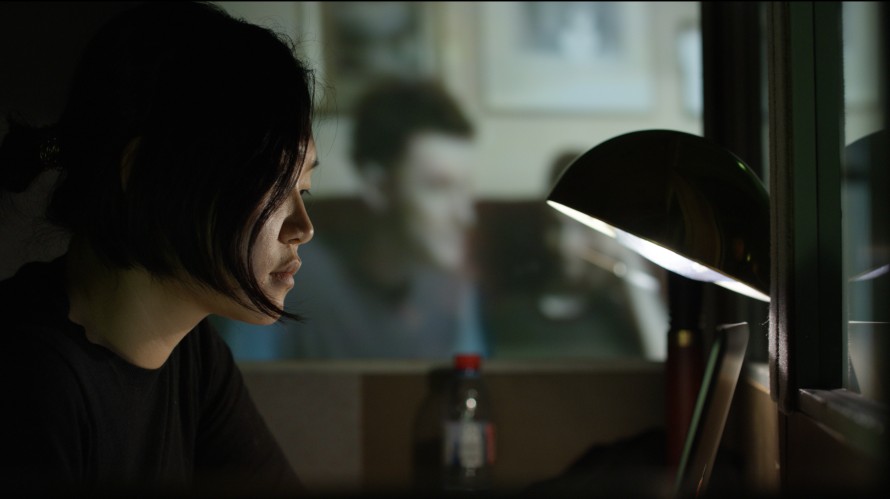
Today is 11th June 1993 by Clarissa Thieme
The Future in the Rear-View Mirror
How central is this year’s programme title, “A Mechanism Capable of Changing Itself”?
SSS: The title could actually apply to every year’s Forum Expanded and also to our entire annual work in the Kino Arsenal. Often, we cannot at first put transitions in cinema into words because we don’t yet have the terms for them. And the times in which we are currently living are equally hard to describe. Our work is an attempt to recognise a structure within them and to make it visible.
Maya Deren referred to Marx and Communism, which is an eschatological movement of thought. Many works in the 2018 programme, however, appear to negate the concept of time as a linear, unrelenting sequence and prefer to see the future in the rear-view mirror...
SSS: Absolutely. Incidentally, this observation is also strongly apposite in reference to this year’s Forum programme. However, it is not entirely new. For example, when the revolution in Egypt began to crumble, a certain helplessness spread when it came to assessing the present and defining expectations for the future. As a result, some people turned their gaze backwards, to history. Friction between the present and the past is always a prerequisite for thinking about the future. In this respect, I would agree with you: we are indeed attempting to unhinge time as a linear sequence, to establish new structures of time.
Uli Ziemons: Clarissa Thieme’s Today is 11th June 1993 provides a great example of playing with different timeframes. She works with an archive of amateur video footage made during the Siege of Sarajevo in the 1990s. Thieme has picked out a little science fiction film in which teenagers imagine a possible escape. It is 11 June 1993, the war has already lasted a long time, there is no way out anymore. They make a video designed to be passed down from generation to generation until a time machine has been invented and the makers of the video can be rescued. The plan works, but now the person who built the time machine is stuck in the Sarajevo of the 1990s.
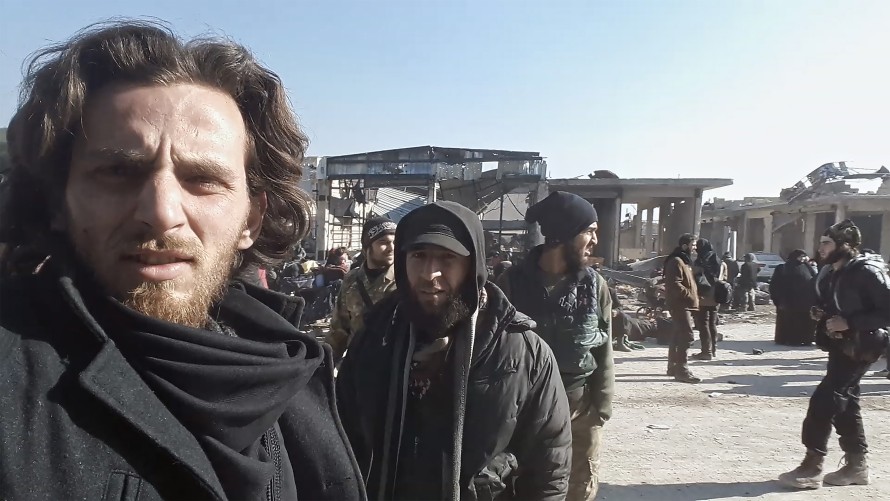
Ard al mahshar (Land of Doom) von Milad Amin
SSS: Overcoming space and time is a topic which permeates the programme. In Aala kad al shawk - Le Voyage immobile (As Far As Yearning), Mohamed Soueid and Ghassan Salhab live in different cities and express their longing for their friendship and the city of Beirut via the exchange of lyrics from popular songs. In Ard al mahshar (Land of Doom), Milad Amin can now only make contact with his friend Ghith via Skype and phone calls from Beirut. Ghith is an activist and photographer and we see the final days of the siege of Aleppo through his camera. Amin relies upon his friend’s pictures and descriptions. This relaying by media creates a different level of perception.
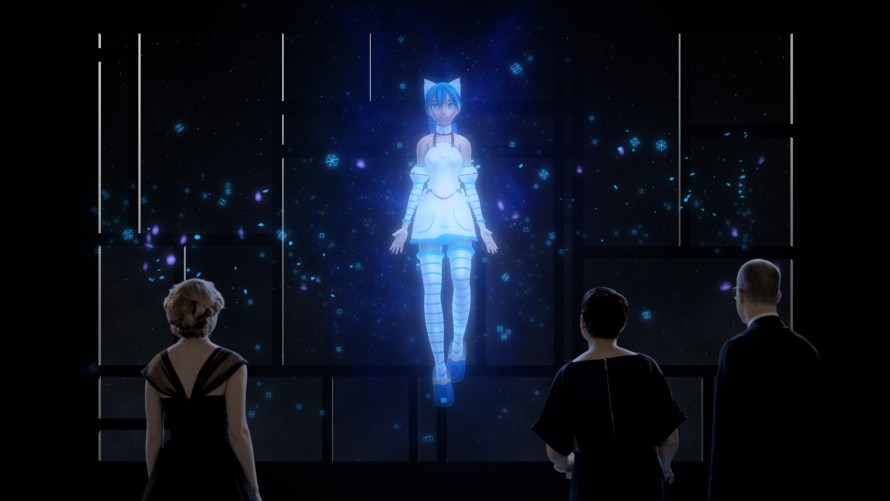
Contra-Internet: Jubilee 2033 by Zach Blas
Contra-Internet: Jubilee 2033 by Zach Blas transports Ayn Rand and her collective from 1955 to a dystopian future version of Silicon Valley. From the perspective of the here and now, the film simultaneously offers a trip into the past and the future – which leads to deliberate confusion. Both are fiction – the past just as much as the future.
I also associate Deren’s reference to Marx with the image of the dying state. Will there be a time when cinema is no longer needed?
SSS: That very much depends on the definition of cinema. Cinema has the task of critically engaging with the visual media. If cinema no longer existed, we would probably be faced with an uncontrolled flood of images. And even though there are numerous possibilities outside of cinema – for example, in art and theory – to conduct research into and criticism of images, cinema has found a form for this that is much more firmly established in society. For this reason, I cannot imagine a future without cinema. At the same time cinema is, for me, a very open format. How precisely it can take on a new form is another question. But cinema is needed.

6144 x 1024 by Margaret Honda
24 Days of Cinema
With reference to time, Margaret Honda’s 6144 x 1024 is another extraordinary work. With a running time of over 36 hours, it surpasses Extended Sea by more than a full day...
SSS: Margaret Honda refuses to abide by institutional or technical guidelines. She therefore runs the risk of her works only rarely being shown. It is a radical decision with which she is already challenging us for a second time. Spectrum Reverse Spectrum (2014 Forum Expanded) unfolded the colour spectrum of 70 mm film. Hardly any cinemas can screen 70 mm film now but, luckily, we have the possibility in our Kino Arsenal. Now her new work, 6144 x 1024, is dedicated to the colour spectrum of a digital cinema projector, which is even more extensive. Such a projector couldn’t be set up in the exhibition and the required viewing time of more than 36 hours would exceed every available slot in the cinema. This is why we’ve put it on in our small Kino Arsenal, which we wouldn’t normally use during the Berlinale.
UZ: The work makes visible every individual combination of the three colours red, green and blue, on every brightness level. With 24 images per second and the 10-bit colour depth of our projector, this results in a running time of 36 hours, 22 minutes and two seconds. But with other projectors, today’s technological standards mean it’s already possible to reach a running time of up to 24 days.
SSS: When the viewer just sees big colour fields, gaps develop on the screen that open up not just one but an infinite number of spaces of possibility. Thus, in a very contemporary way, Honda is meeting Deren’s demand for a cinema that changes perception by leading the viewer to its fundamentals. In my opinion, it is a very political gesture.
Have you watched this work in its entirety?
SSS: No – we couldn’t have blocked the cinema for 36 hours. And it isn’t essential to see the film in its entirety either – although we initially toyed with the idea of screening it at full length overnight and organising catering for the spectators. 30 ago there would have been a huge audience for this. But today, viewers prefer at some stage to go and watch another film or go to bed or to a party. Therefore, we decided to screen it in sections for a few hours each evening during the festival in the small auditorium at Kino Arsenal.
Works like 6144 x 1024 are difficult to distribute. Is there nevertheless a “market” for such works?
SSS: In Forum we offer to take the work of every invited artist and filmmaker into our collection and/or our distribution company. However, this is not about the market: it’s about creating the largest possible visibility above and beyond the duration of the festival. We see it as our duty, at least to a certain extent, to take on responsibility for the works that we invite and to offer them a home. Our viewers include a large specialist, professional audience. Not just film distributors but also gallery owners, curators and other disseminators. Their experiences during the festival often have long-lasting effects. Some of the works in our programme are still finding their way into other projects and exhibitions years later. I wouldn’t call this “market” but rather interface.
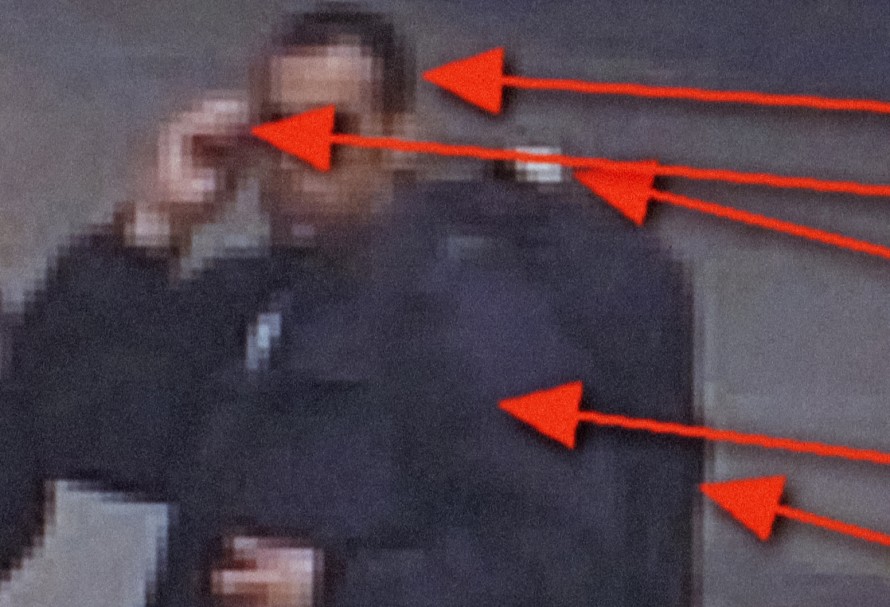
Watching the Detectives by Chris Kennedy
Archive Detectives
Evidence of the Evidence by Alexander Johnston and Watching the Detectives by Chris Kennedy have very similar content. Is it also possible to compare these films in their methods?
UZ: Both analyse found footage, so they are comparable in that respect. The decisive difference is the respective origin of the material. Evidence of the Evidence is based on video footage recorded by the apparatus of the state during the brutally suppressed Attica prison riots of 1971 to identify the leaders of the uprising. In Watching the Detectives, anonymous internet users on reddit analyse images filmed by CCTV cameras during the Boston Marathon bombing to identify the perpetrators in a kind of crowdsourcing exercise. Both films follow a similar procedure and question the evidential nature of images – whether photographs or videos can be used as evidence.
I found the combination of both films interesting above all in view of one of your core topics: the archive. Between 1971 (Attica) and 2013 (Boston) the body of source material must have changed completely: both the quantity and accessibility have grown exponentially. Does this new flood of material help the possibilities of writing alternative histories?
SSS: The body of source material creates spaces of possibility. However, the writing of alternative history that we are talking about has nothing to do with that misnomer which was officially crowned non-word of the year in 2017, “alternative facts”. What we are referring to is the empowerment of people who have been suffering oppression and can now tell their stories. This also relates to film history written from a Western perspective.
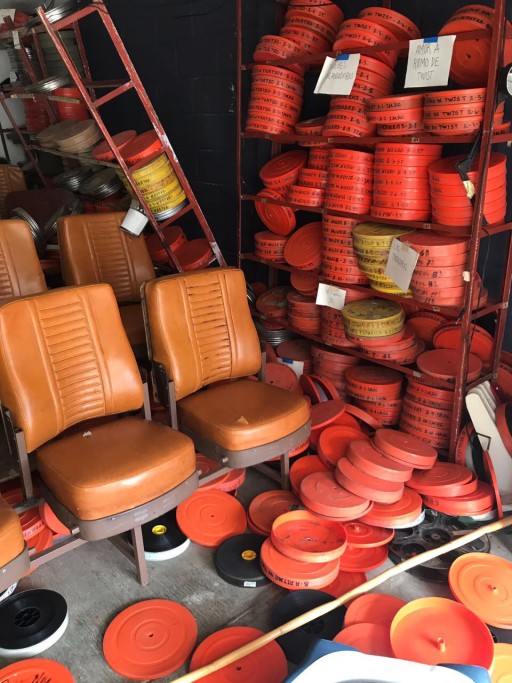
This year in “Think Film No. 6: Archival Constellations” the Egyptian Mosireen collective is once again featured. They have archived film footage shot during the Cairo uprisings and, taking many criteria into consideration, have developed a database to make it accessible. At the same time, more and more archives are only beginning to be tapped into such as, for example, the National Film, Video and Sound Archive in Nigeria. Forum is screening the restored version of the Nigerian 1976 feature film Shaihu Umar by Adamu Halilu. Even before Nollywood there was a large film industry in Nigeria. To restore Shaihu Umar from 1976 and to screen it today has a transformative effect on the film history that has already been written.